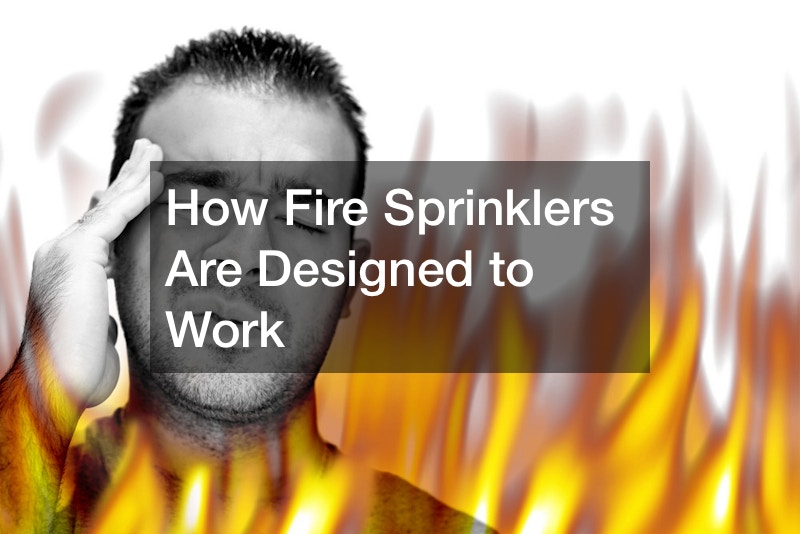
ScienceWorld’s video, “How fire sprinkler systems work (3D Animation),” explains fire sprinkler heads and the differences in fire sprinkler design. Read on to learn more about this technological marvel of safety.
Fire sprinkler heads have a liquid bulb that blocks water from entering. However, when a fire occurs, the heat expands the liquid, breaking the bulb and releasing the water.
Differences in operating environments and the consequences of false alarms lead to more than one fire sprinkler design. The wet pipe system has each sprinkler head work independently. This fire sprinkler design reduces water damage due to false alarms.
The dry pipe system has pipes filled with pressurized nitrogen, which discharges when a fire occurs, filling the pipes with water. This system works in cold climates where frozen pipes would make the system inoperable.
The pre-action system keeps the pipes empty until a fire is detected. Only then does water enter the pipes, and individual sprinkler heads activate. This design works well in museums and locations where accidental discharges are significant.
The deluge system is common in flammable material applications. It is a dry pipe system, except the sprinkler heads are always open, so it produces a flooding effect when activated.




